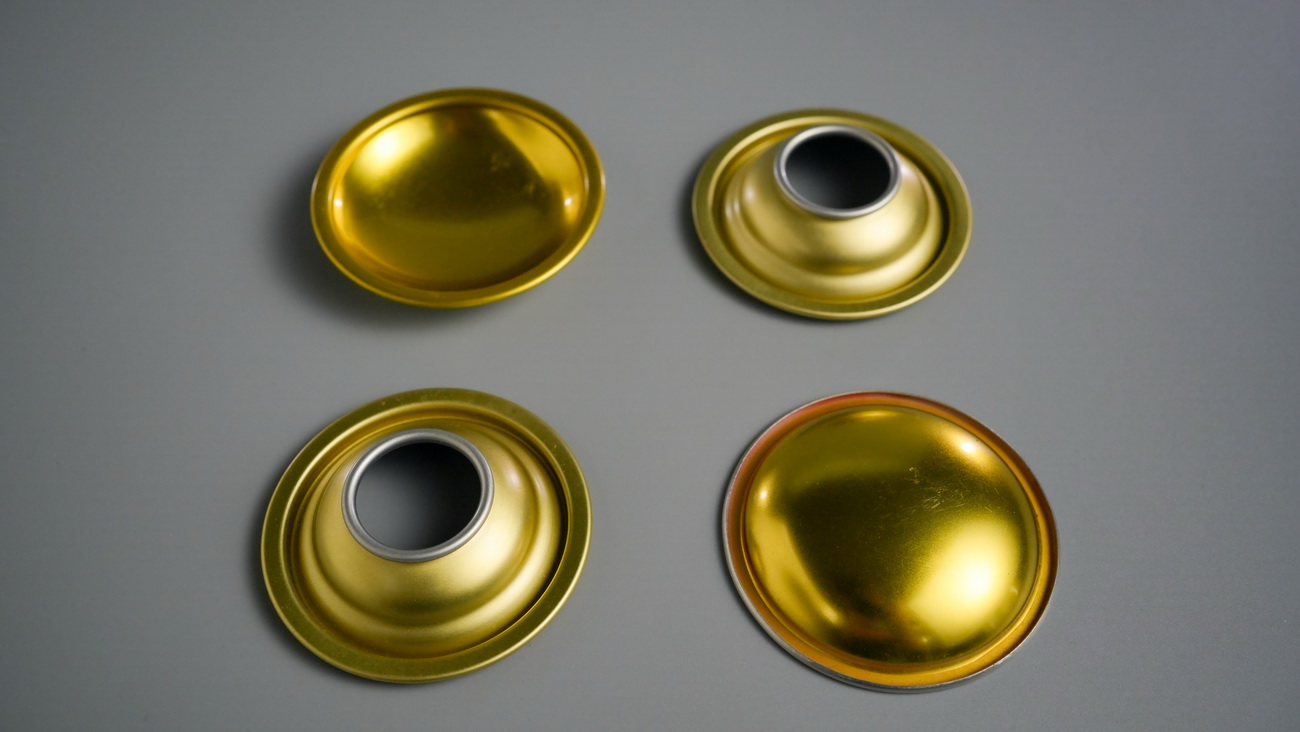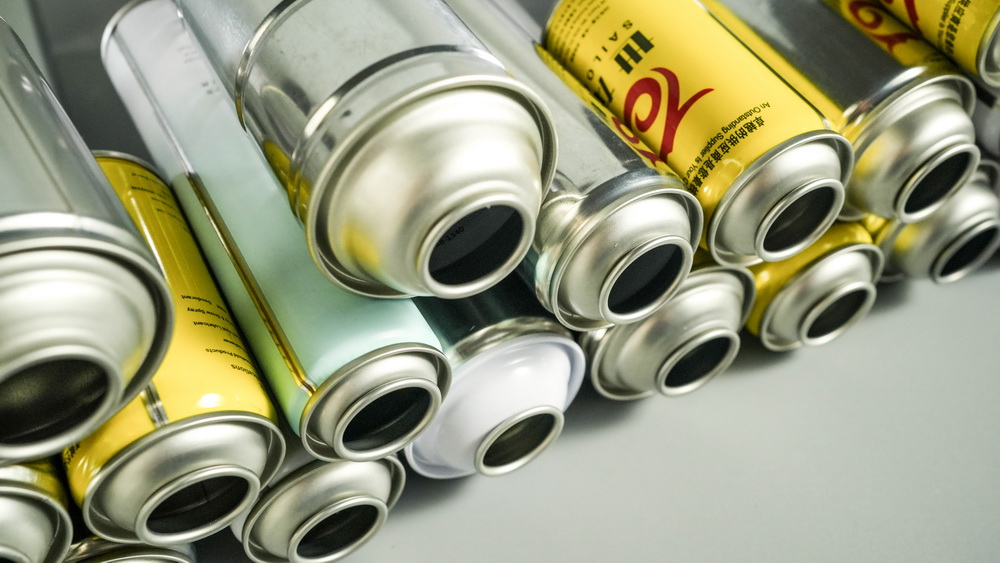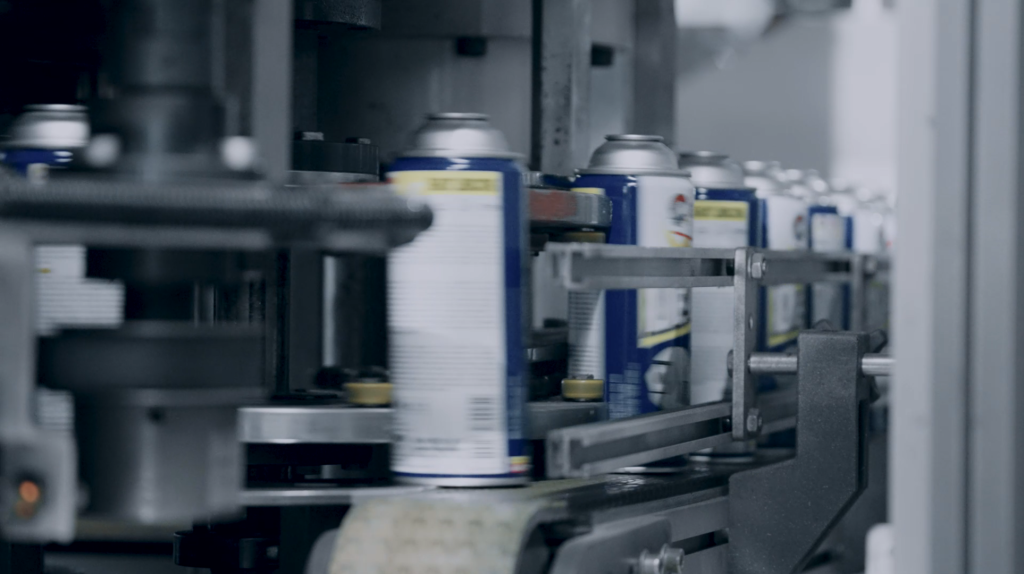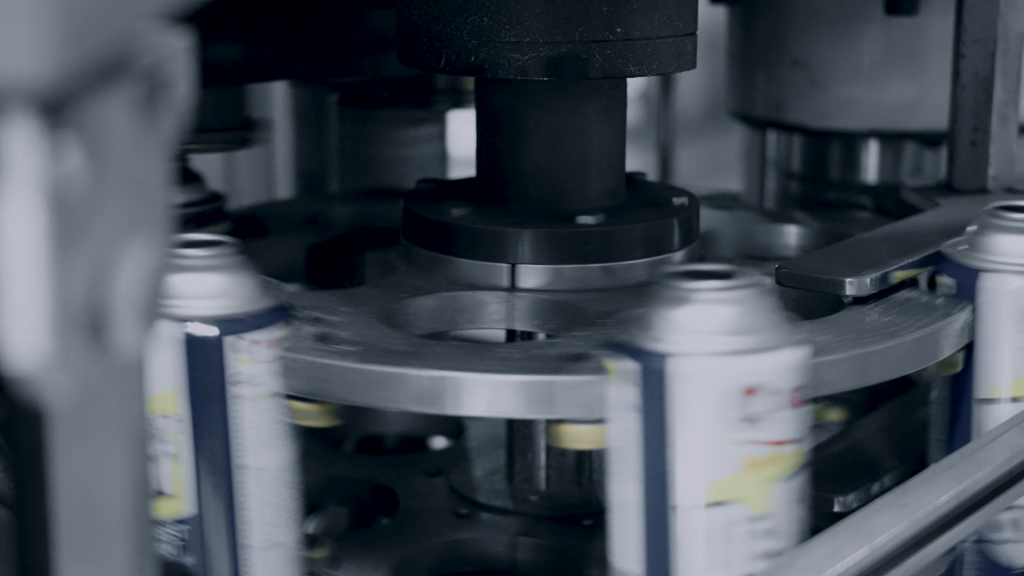
Last week, a customer making petpet insect repellent asked: “Both are aerosol cans, why do you recommend tinplate?” The answer actually lies in the raw materials—let’s first look at a 2025 latest material comparison table:
| Comparison Item | Tinplate (Your Company’s Core Material) | Traditional Aluminum |
|---|---|---|
| Corrosion Resistance | Resists 95% acid-alkali solution, 72h salt spray test no rust (2025 new standard) | Resists 60% acid-alkali, 48h salt spray test up to standard |
| Custom Flexibility | Supports 35-100mm diameter, 7-day sample delivery for special-shaped cans | Only regular round shape, 15+ days for special-shaped samples |
| Environmental Recycling Rate | 95% (meets EU 2025 ESG new regulations) | 82% |
| Printing Effect | 8-color UV printing + 3D embossing, no scratches after 500 wears | Max 6-color printing, easy to scratch |

1. Customization of Tinplate Aerosol Cans: 5 Core Steps, Each Hides Custom Details
Step 1: Raw Material Selection: The “Safety Bottom Line” of Customization
Not all tinplates can be used for custom cans! We select 0.25mm food-grade electrolytic tinplate (2025 new food contact standard), which must pass three tests:
- Thickness error ≤ 0.01mm (measured one by one with a micrometer)
- No cracks after 180° bending (to cope with transportation extrusion)
- Inner coating complies with FDA 21 CFR 175.300 (safe for food-grade aerosols)Auxiliary materials are also high-standard: valves use nitrile rubber cores resistant to 130℃ high temperature (10℃ higher than old models), and ink heavy metal content < 5mg/kg (2025 EU environmental standard).
Step 2: Production & Processing: The “Core Link” of Customization
Take a real case: Last month, we made 50ml fragrance cans for a cosmetics customer, who required “non-slip grip + high-end printing“. We adjusted these two steps:
- Printing & Cutting: Replaced traditional cutting with laser positioning, reducing overprint error to 0.08mm, and 3D embossed lines protruded 0.3mm for a textured feel.
- Can Body Forming: Added 0.5mm anti-slip lines in the seaming process, and the customer feedbacked “no slipping when spraying with one hand”.(Compared with aluminum cans: Aluminum cans need “sheet heating” first, while tinplates are directly cold-formed, shortening the customization cycle by 40%.)
Step 3: Filling & Sealing: “Tailor-made Parameters” Based on Contents
- The filling machine uses a servo motor with an error ≤ ±0.3ml (50% higher than industry standards): For example, when filling 60ml for a disinfectant customer, the difference between each can is no more than 0.3ml.
- Sealing pressure is adjusted according to custom needs: 2.0MPa for high-pressure aerosols (such as insecticides), 1.5MPa for low-pressure care products (such as hair spray). After helium mass spectrometry leak detection, the leak rate is < 1×10⁻¹⁰Pa·m³/s (2025 new leak detection standard).
Step 4: Quality Inspection: “Indispensable Strict Tests” for Custom Cans
The pass rate must reach 99.9%! In addition to regular tests, we also add customer-specific tests:
- For kitchen cleaner customers: Soak in 55℃ hot water + 95% oil stain for 48h, no corrosion on the can body.
- For outdoor spray customers: Freeze at -20℃ for 2h, then drop from 1.8m, no deformation of the can body.
Step 5: Packaging & Delivery: Customization to the Last Mile
Last month, we made 100,000 cans for a cross-border customer, using waterproof corrugated boxes + air columns, and each box was labeled with “moisture-proof warning”. The logistics loss dropped from 1.2% (industry average) to 0.3%.

2. Must-See for 2025 Custom Customers: Answers to 3 High-Frequency Questions
Q1: Worried about printing patterns fading? Is there a solution?
A: We use a three-layer process of “primer + color ink + wear-resistant varnish”. The test last week showed: no scratches on the pattern after 100 light wipes with a steel wool, complying with ISO 12944-2:2025 outdoor weather resistance standard, and no fading after 12 months of exposure.
Q2: Will customization be much more expensive than regular cans?
A: No! For example, 5,000 custom cans are only 8% more expensive than regular cans, but they can improve product recognition—a customer increased the terminal price by 15% after customization, and sales still rose by 20%.
3. 2025 Industry Trend: Tinplate Customization is “Capturing the Market”
According to the “2025 Global Aerosol Can Industry Report”, the annual growth rate of the tinplate aerosol can customization market reaches 11.2%, far exceeding the 6.8% of aluminum cans. The “antibacterial coating customization” we added this year (SGS tested 99.99% antibacterial rate in 24h) has already received long-term orders from 3 pharmaceutical customers—customization is becoming the “new competitiveness” in the aerosol can industry.


